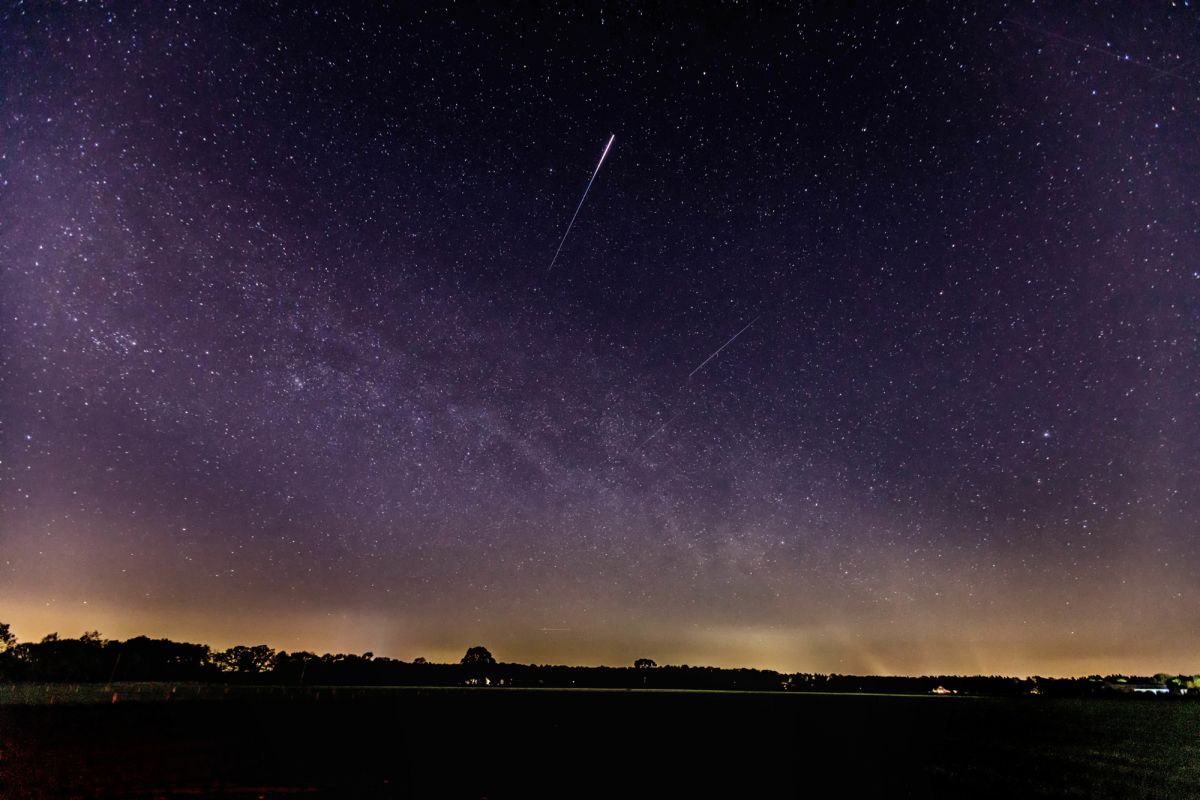People across most of the eastern United States have a great opportunity, weather permitting, to witness a SpaceX rocket launch four astronauts to the International Space Station early Friday (April 23). It may be an amazing spectacle, but you’ll have to wake up before dawn to see it. SpaceX’s upcoming Crew-2 astronaut mission for NASA will launch a Falcon 9 rocket nearly parallel to the U.S. East Coast. Liftoff is set for 5:49:02 a.m. EDT (2249:02 GMT) from Pad 39A of NASA’s Kennedy Space Center in Cape Canaveral, Florida,…
Read MoreMonth: April 2021
Redefining a Heavy Collision
Could the biggest — literally — gravitational-wave discovery yet be something other than what it initially seemed? The post Redefining a Heavy Collision appeared first on Sky & Telescope.
Read MoreThe Places We Call Home
In this image that astronaut Scott Kelly posted to Twitter on Aug. 9, 2015 during his #YearInSpace captures all the the places humans dwell.
Read MoreNASA’s Perseverance rover makes oxygen on Mars for 1st time
NASA’s Perseverance rover just notched another first on Mars, one that may help pave the way for astronauts to explore the Red Planet someday. The rover successfully used its MOXIE instrument to generate oxygen from the thin, carbon dioxide-dominated Martian atmosphere for the first time, demonstrating technology that could both help astronauts breathe and help propel the rockets that get them back home to Earth. The MOXIE milestone occurred on Tuesday (April 20), just one day after Perseverance watched over another epic Martian first — the first Mars flight of…
Read MoreTiny newfound ‘Unicorn’ is closest known black hole to Earth
Astronomers have apparently found the closest known black hole to Earth, a weirdly tiny object dubbed “The Unicorn” that lurks just 1,500 light-years from us. The nickname has a double meaning. Not only does the black hole candidate reside in the constellation Monoceros (“the unicorn”), its incredibly low mass — about three times that of the sun — makes it nearly one of a kind. “Because the system is so unique and so weird, you know, it definitely warranted the nickname of ‘The Unicorn,’” discovery team leader Tharindu Jayasinghe, an astronomy Ph.D. student…
Read MoreThe Lyrid meteor shower of 2021 peaks tonight! Here’s how to see it.
One of springtime’s most prominent “shooting star” groups peaks overnight tonight (April 21-22). The famous Lyrid meteor shower will become visible in the Northern Hemisphere beginning at about 10:30 p.m. local time and continuing overnight, weather permitting in your area of course. The best visibility will likely be before dawn, after the waxing gibbous moon sets; otherwise, you may have some interference from moonlight. The individual meteors, or tiny space rocks, of the Lyrids appear when the Earth, moving in its orbit around the sun, plows into the dusty trail of…
Read MoreNASA’s Perseverance Mars Rover Extracts First Oxygen from Red Planet
The growing list of “firsts” for Perseverance, NASA’s newest six-wheeled robot on the Martian surface, includes converting some of the Red Planet’s thin, carbon dioxide-rich atmosphere into oxygen.
Read MoreHunting Barnard’s Variable in the Globular Cluster M3
We beat a path through a forest of stars to find the first variable star ever discovered in a globular star cluster. The post Hunting Barnard's Variable in the Globular Cluster M3 appeared first on Sky & Telescope.
Read MoreNASA’s SpaceX Crew-1 Astronauts to Answer Questions Before Return to Earth
NASA’s SpaceX Crew-1 astronauts will answer media questions at 12:30 p.m. EDT Monday, April 26, about their upcoming return to Earth from the International Space Station.
Read MoreSpace Station 20th: STS-100 Brings Canadian Robotic Arm to the Space Station
In April 2001, as the Expedition 2 crew of Yuri V. Usachev of Roscosmos and NASA astronauts James S. Voss and Susan J. Helms completed their first month aboard the International Space Station (ISS), the space shuttle Endeavour arrived at the space station on the STS-100 mission to install the Canadarm2 robotic system.
Read More
